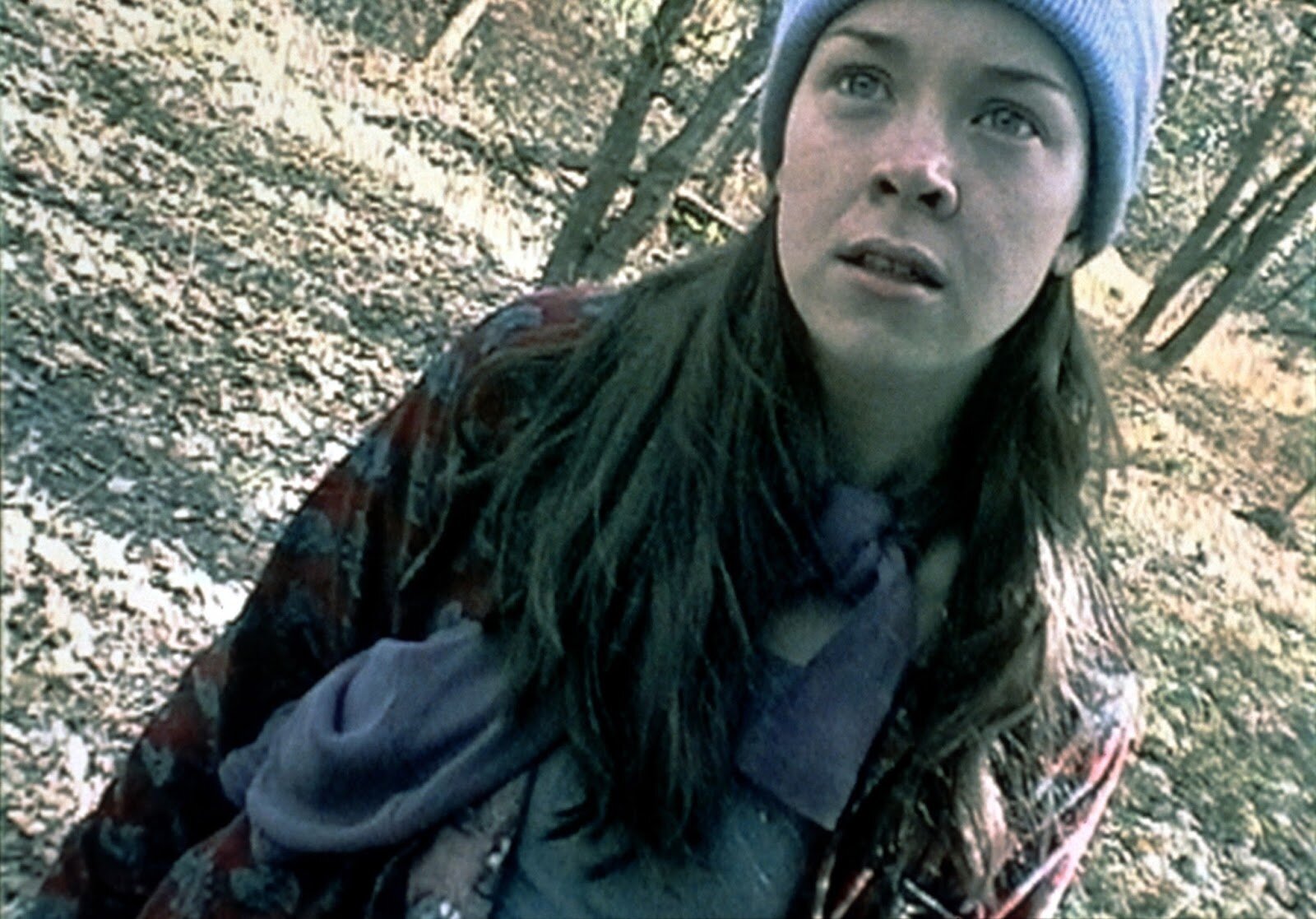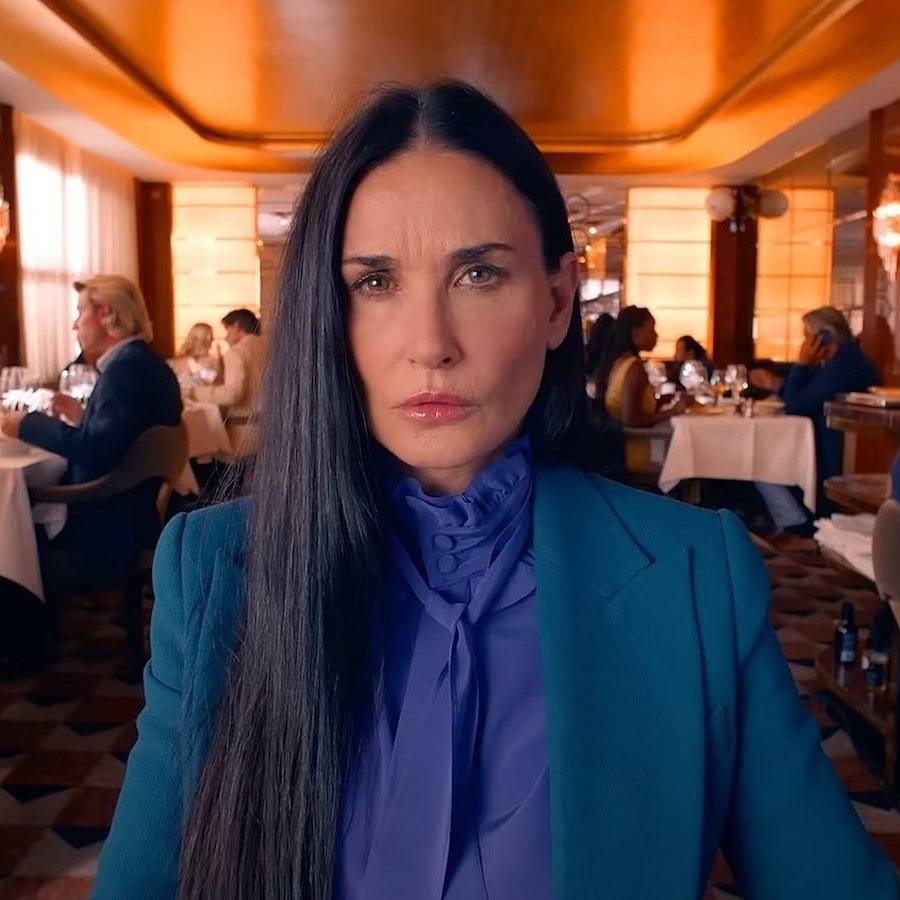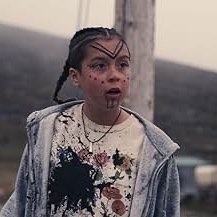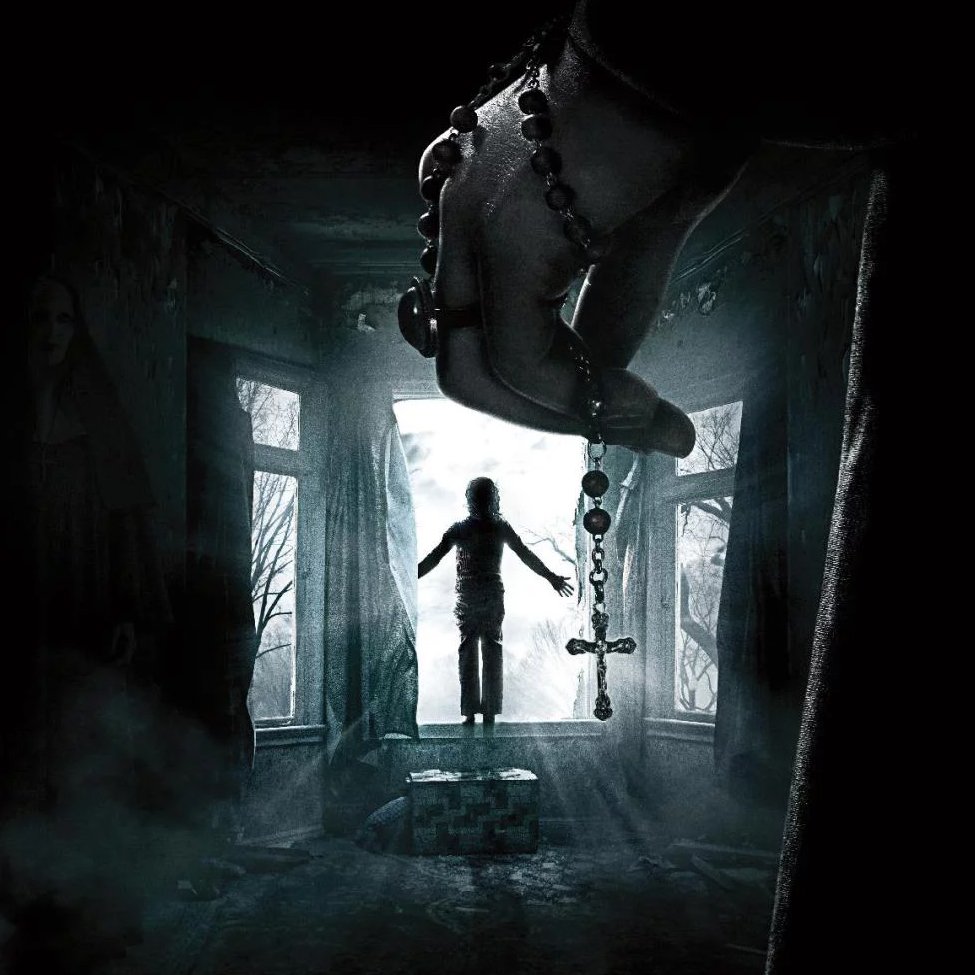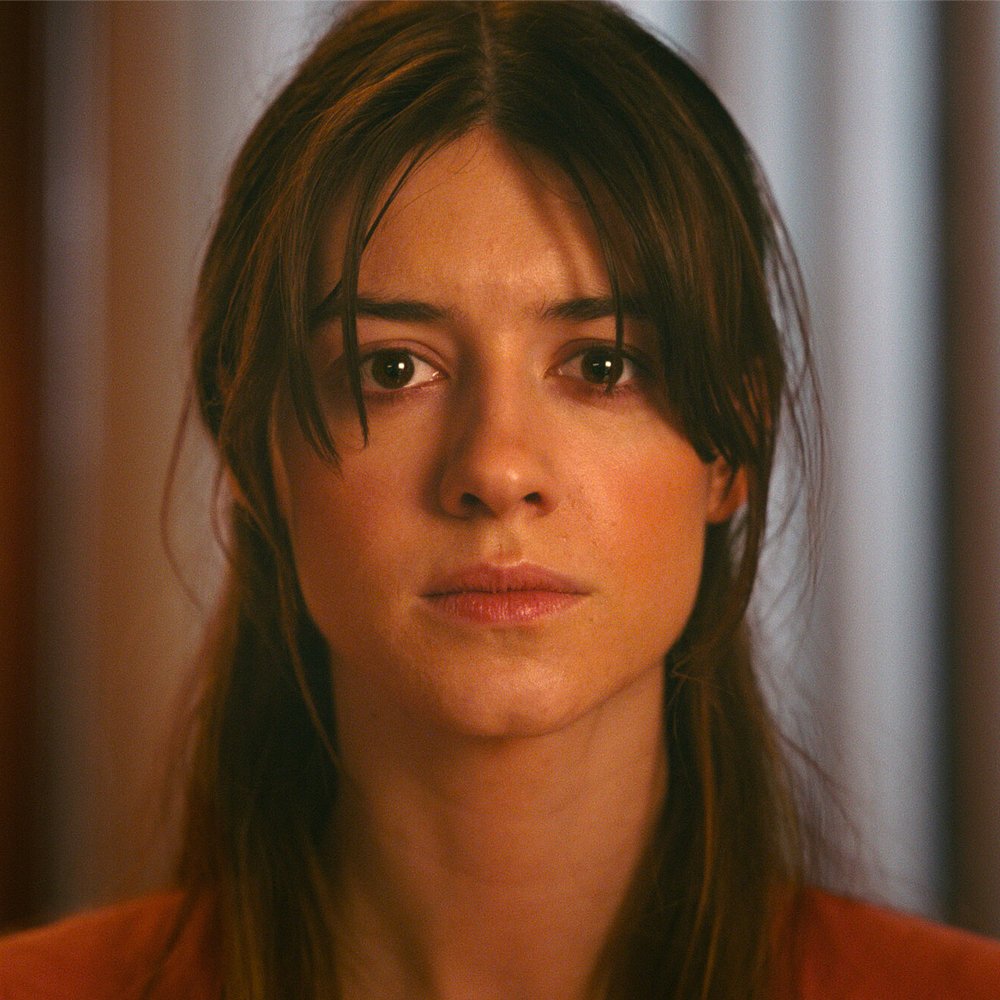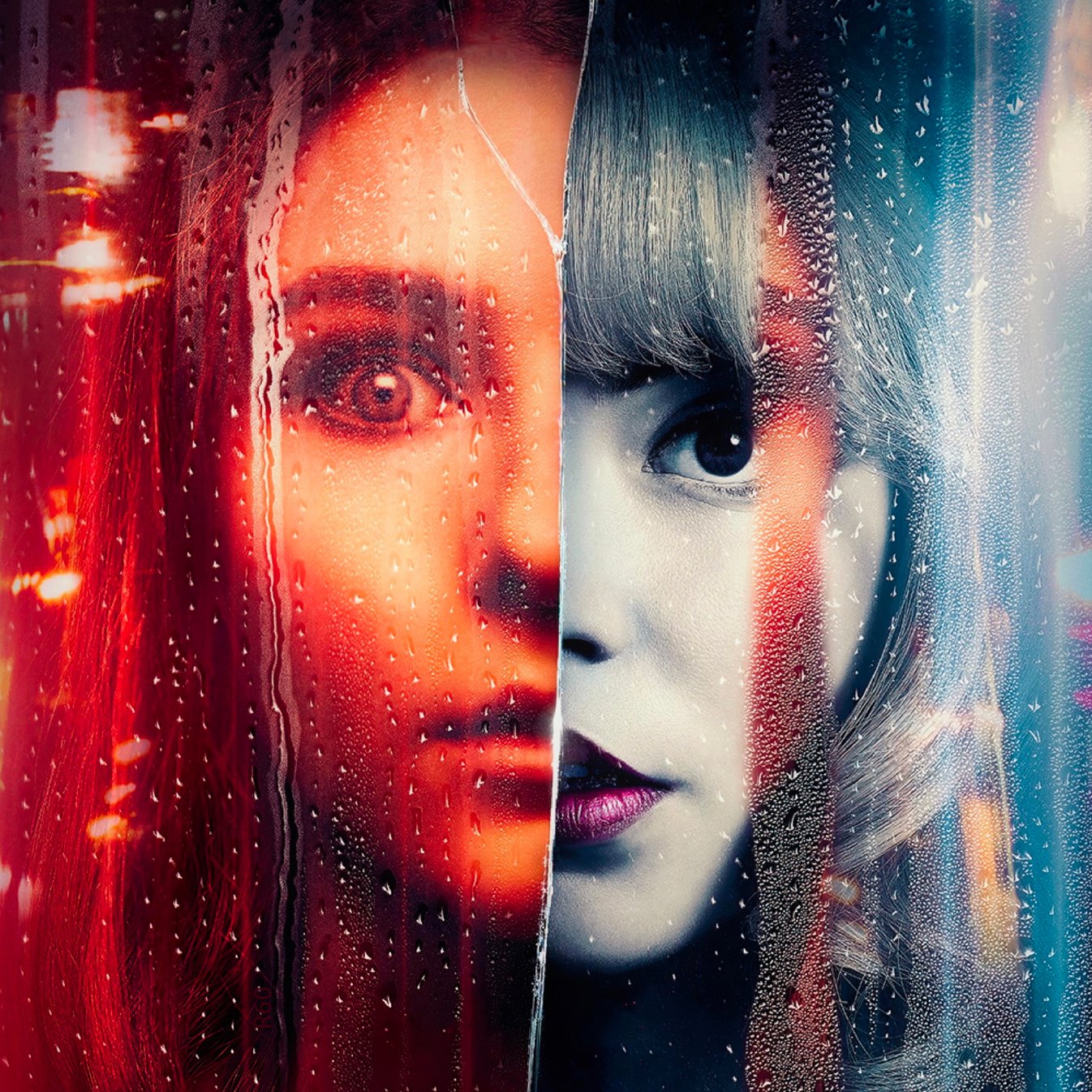Weekly Horror: The Blair Witch Project
Eighteen years later, The Blair Witch Project continues to succeed in creating an unsettling atmosphere that unnerves its viewers long after the movie has ended.
The iconic found-footage film chronicles the journey of a trio of students – Heather, Josh, and Mike – as they conduct a personal investigation into the 1940 legend of the enigmatic Blair Witch for a documentary project. They head into the supposedly haunted Maryland woods after interviewing local residents about the witch, but the trip quickly goes awry as they find themselves pursued by an invisible, malevolent force. Hopelessly lost and with sanity unraveling, the students are essentially helpless as the witch torments them with escalating symbols of evil, until everything culminates in an ending that is as ambiguous as it is terrifying. The Blair Witch Project is memorable for its ability to maintain suspense over a 1.5 hour runtime despite not once showing the titular witch. A sense of uncanniness is established early on by the awkward interactions and subtly edged bickering between the three students. When filling out the first film clapperboard, Josh asks, semi-jokingly, “Should we all like cut our fingers open and bleed on it? A little bloodletting on the slate?”
This uncanniness persists throughout the film, supplemented not only by the loaded dialogue, but also by the visual choices. In the story, the students use two video recorders to film: one with color, and one in black and white. The reason for this disparity is never addressed, leaving audiences increasingly unsettled by the lack of explanations. Indeed, The Blair Witch Project taps into the deeply-ingrained human fear of the unknown while also toying with the audience’s expectations. As reality crumbles around them, each of the main characters continuously rotates the role of the voice of reason while the other two become violently frustrated, uncontrollably upset, or mockingly unhinged. The end result is a group of protagonists that are each equally unlikable, and thus equally probable of dying.
As for the literal events in the film, the story starts off slow for the sake of context, which arises far more thrillingly in the latter 75% of the runtime. Heather goes around interviewing locals about the story of the witch, and pieces together a vision that is fragmented, but not contradictory. Children kidnapped by a murderous hermit, a witch who is covered head to toe in black hair and floats above the ground, five victims of a cult who have had their intestines torn out and unknown writing cut into their skin. Once in the woods, the trio stumbles upon clues of a spectral observer: piles of stones, voodoo stick men hanging from trees, and the laughter of children in the dead of night. As the emotionally-strained crew tries to turn back, they realize that their map has been lost and that they are wandering in circles. The tension and fraying trust among the lead characters is articulated harshly and vividly, adding the necessary layer of suspense and decay of reason in the characters that makes the film truly disconcerting. Even without any details about their pasts, Heather, Josh, and Mike feel distinctly like everyday people, who are flawed but nonetheless undeserving of their final fate. The last scene occurs very quickly compared to the rest of the film, which has been dedicated to drawing out suspense with eerie clues and increasingly daring but still invisible attacks on the crew. When the crew meets their death, even then the witch remains unseen, and there is no violent murder sequence, leaving viewers potentially unsatisfied. However, the realization only hits once audience members when they have had time to think about the details in the events. In the last few minutes, Mike’s camera goes dead, leaving Heather as the only one recording. Heather continuously screams as the camera’s view descends down the stairs. However, the screaming is coming not from behind the camera, but from someone who is slowly being approached. Perhaps the one behind the video in the last sequence was not Heather at all, but the witch itself.
The Blair Witch Project is an excellent horror film, whose strength comes from visual restraint. Audiences have been conditioned to expect a jump-scare during the dark shot, but there isn’t one. Maybe it will happen in the next. No? Then it must be in the next. Still no. Again and again, until the suspense builds to its breaking point. The audience members are hooked until the end, looking for something that isn’t even there. They watch, enthralled, as the absence of the Blair Witch expertly preys upon their instinctive fear of the unknown.
